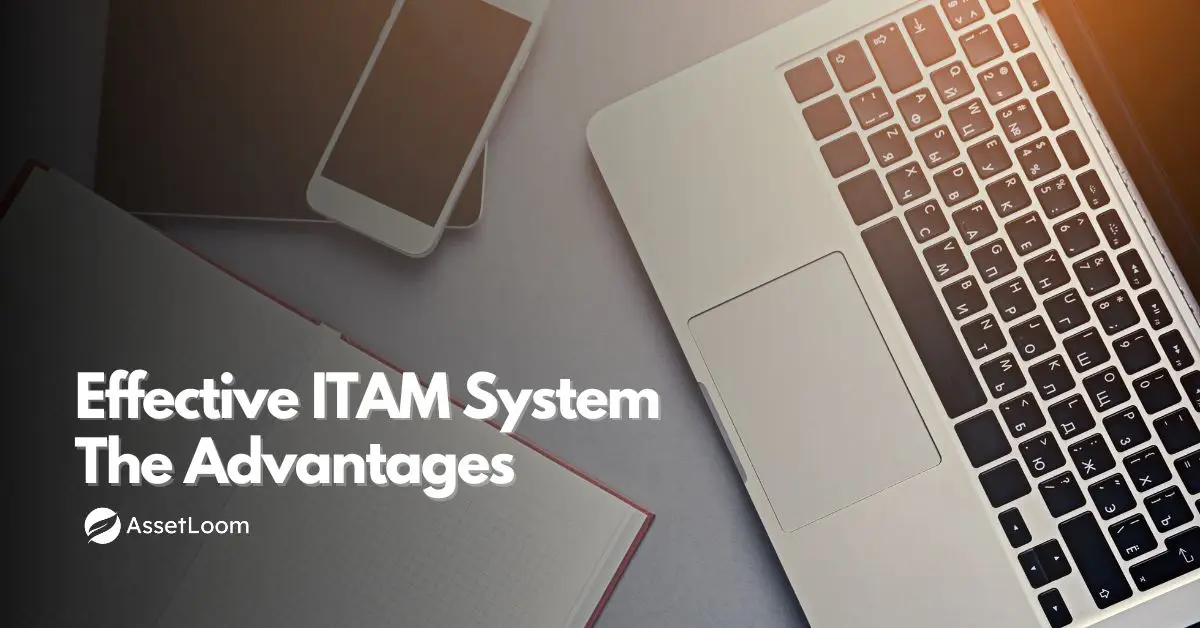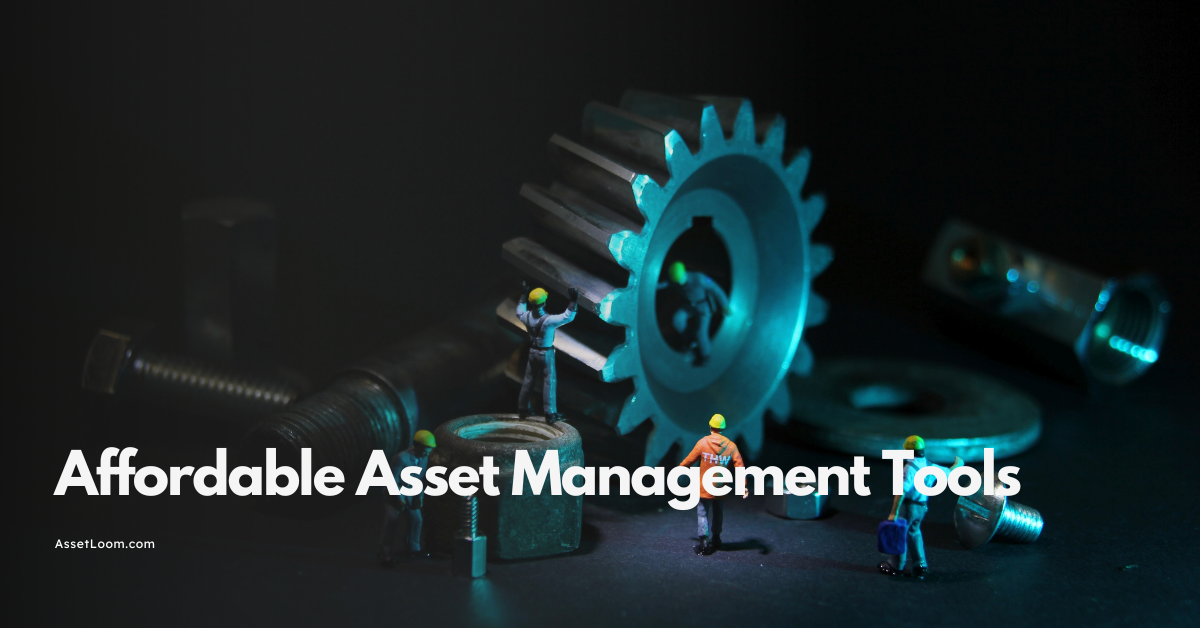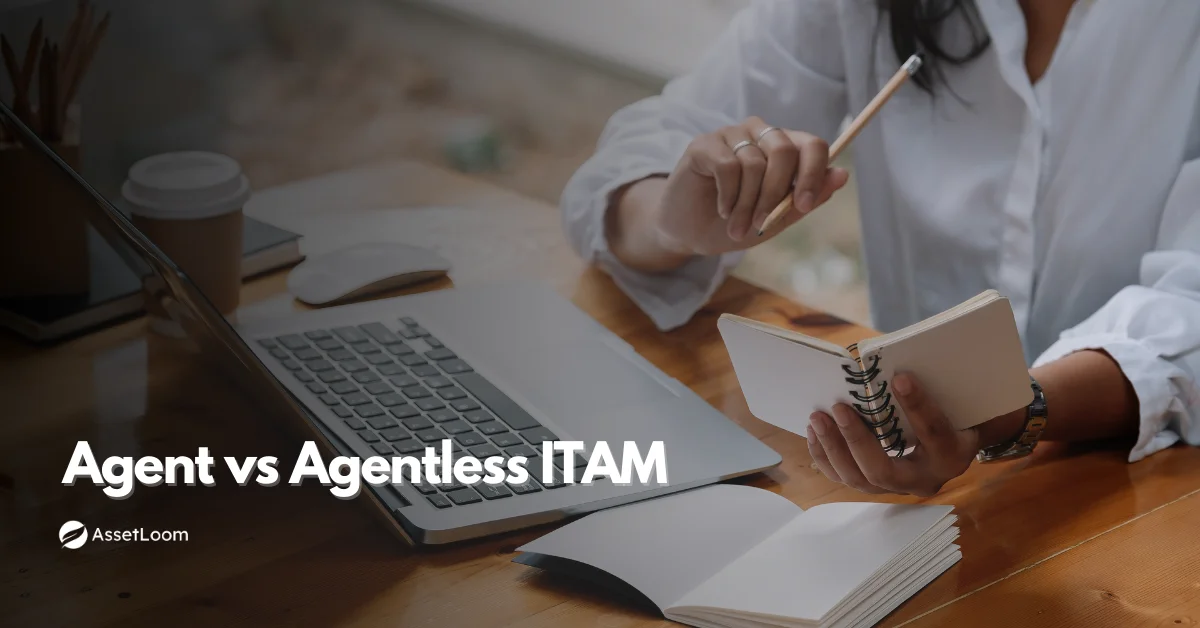7 Vendor Management Best Practices for Long-Term Success
Discover 7 essential vendor management best practices to strengthen partnerships, reduce risks, and ensure long-term success.
Vendor management is an essential business practice, particularly in today’s interconnected world where companies rely heavily on external suppliers for goods, services, and technology. Managing vendor relationships efficiently can significantly impact your business’s bottom line, operations, and long-term success. In this article, we’ll explore 7 vendor management best practices that will help you strengthen vendor partnerships, mitigate risks, and keep your operations running smoothly.
Whether you're just starting to formalize your vendor management process or you're looking to refine your existing practices, these insights will ensure you're on the right path.
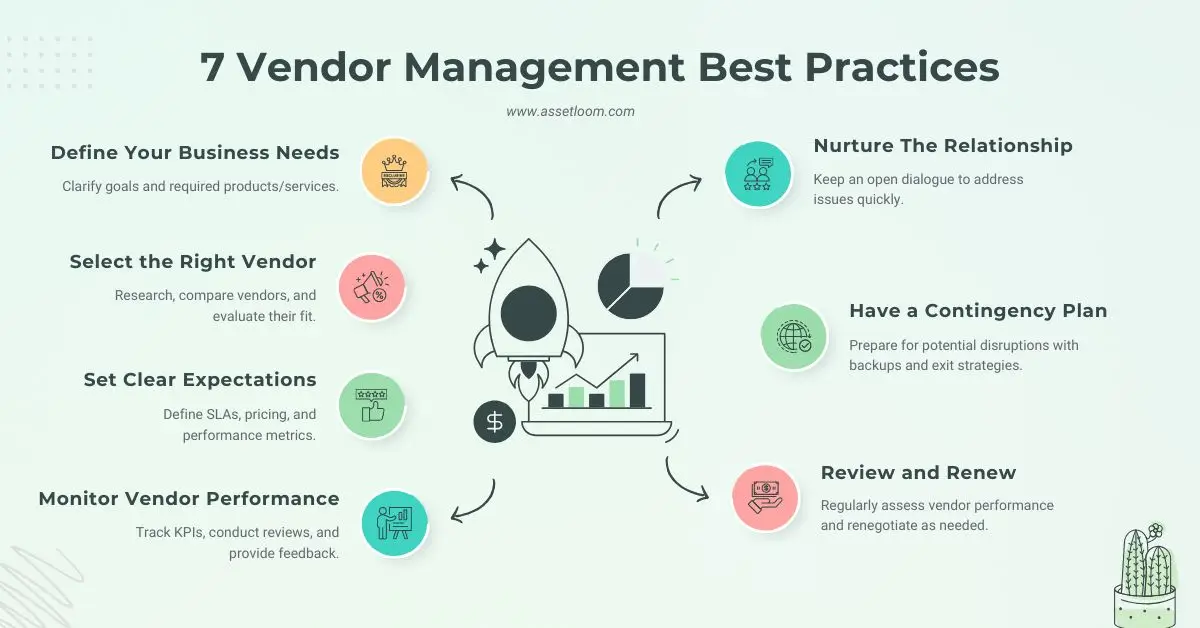
1. Understand Your Business Needs Before Selecting a Vendor
It’s crucial to have a clear understanding of your business’s goals and IT needs before you even start looking for vendors. Without a strong grasp of your requirements, it’s easy to be swayed by a vendor’s pitch or fall for the wrong product or service that doesn't fit your company’s needs.
What You Can Do:
- Clarify Your Objectives: Take the time to assess exactly what you want to achieve with a vendor relationship. Are you looking for more efficiency, cost reduction, or a technology upgrade?
- Define Specific Needs: Whether it’s software, hardware, or a service like cloud storage, have a precise list of features, functionalities, and standards required.
- Identify Long-term Goals: Think about scalability and future needs. Does the vendor offer services that can grow with you?
For example, if you need a cloud storage provider, you should not only focus on the pricing but also whether the provider can scale as your data storage needs increase over time. The clearer your understanding, the better your vendor selection process will be.
Read also: What is IT Vendor Management?
2. Set Clear Expectations with Defined Contracts
Setting clear expectations with your vendor through contracts is the foundation of any successful partnership. A well-structured contract defines the scope of work, performance expectations, timelines, and legal obligations, ensuring that both parties are aligned from the start.
What You Can Do:
- Negotiate Specific service level agreements (SLAs): These should detail the vendor's obligations, such as uptime guarantees, response times, and deliverable timelines.
- Include Performance Metrics: Define key performance indicators (KPIs) that will be used to track progress, such as system reliability, quality of customer service, or the speed of issue resolution.
- Clarify Payment Terms and Deadlines: Set clear payment schedules, including penalties or discounts based on performance.
Having a detailed contract helps prevent misunderstandings down the road. For example, if you’re working with a software vendor, your SLA should define exactly what happens if there are unplanned downtimes or if the software doesn't meet agreed-upon standards.
3. Monitor Vendor Performance with Regular Audits
Even the best contracts can’t replace active monitoring. Regularly checking on vendor performance helps you ensure they are meeting the terms of your agreement and delivering the promised services or products. It’s essential for identifying potential issues early on and resolving them before they become major problems.
What You Can Do:
- Establish Regular Audits and Reviews: Schedule performance audits quarterly or annually. Regular performance reviews ensure that expectations are consistently being met and provide a platform to address issues.
- Track Vendor Performance Using KPIs: Whether it’s system uptime, response times, or quality of service, using measurable KPIs will make it easier to evaluate performance and provide actionable feedback.
- Conduct Risk Assessments: Evaluate potential risks associated with your vendor relationship. Are they financially stable? Do they have a plan for business continuity?
For instance, if you’re working with a managed IT services vendor, regularly check if they are meeting your uptime goals, handling incidents on time, and resolving issues as per the terms in your SLA. Regular performance tracking ensures continuous improvement in the relationship.
4. Maintain Open, Transparent Communication
Transparent communication fosters trust between you and your vendors. Building a strong relationship with open lines of communication helps ensure that both parties are on the same page. Miscommunication can lead to issues, delays, and missed expectations, so it’s important to engage in frequent, clear conversations.
What You Can Do:
- Set Up Regular Check-ins: Have monthly or quarterly meetings to review performance, discuss new developments, and identify potential challenges.
- Foster Collaborative Problem Solving: If a problem arises, work with the vendor to find solutions rather than pointing fingers. Collaborative problem solving strengthens the partnership.
- Keep Vendors Updated on Your Business Changes: If your company undergoes changes, make sure the vendor is informed. This helps avoid surprises and misalignment.
For example, if your business is scaling and requires more software licenses or a different service plan, communicate that to your vendor in advance. This ensures they are prepared and can adjust accordingly.
5. Negotiate Flexible, Fair Contracts with Room for Growth
While contracts are vital, they shouldn’t be rigid. It’s important that your agreements allow for flexibility, especially as your business grows or shifts. Long-term vendor relationships should evolve, and your contracts should reflect that flexibility.
What You Can Do:
- Negotiate Terms That Allow for Adjustments: Consider clauses that let you adjust service levels, pricing, or contract duration as your needs evolve.
- Include Performance Reviews in the Contract: Include regular contract reviews in the agreement to renegotiate terms if needed based on performance or changing business circumstances.
- Ensure Scalability: Ensure the contract accommodates future growth. This might include the ability to scale services or products without starting a completely new agreement.
For example, if you’re locking in a multi-year contract with a software vendor, make sure the contract includes the option to increase user licenses or scale features if your business grows.
6. Have a Contingency Plan: A Key Vendor Management Best Practices
No matter how well you vet a vendor, things can sometimes go wrong. It’s essential to have a contingency plan in place to protect your business if a vendor fails to meet expectations or encounters issues like service interruptions, security breaches, or asset-related failures. Integrating IT Asset Management (ITAM) into your plan, for example, can ensure that your IT assets are properly tracked and accounted for, minimizing downtime and reducing risk during vendor disruptions.
What You Can Do:
- Create an Alternative Vendor List: Have backup vendors who can quickly step in to cover critical services in case of a failure.
- Establish an Exit Strategy: Ensure your contract includes clear exit clauses that define the steps for discontinuing services or switching vendors if needed. Incorporate ITAM principles to track which assets are affected and manage transitions smoothly.
- Plan for Data Security and Asset Recovery: In cases involving sensitive data, ensure your contingency plans include data recovery strategies and IT asset tracking to recover both physical and digital resources quickly.
7. Review and Renew Vendor Relationships Regularly
Vendor management isn’t a “set it and forget it” activity. As your business evolves, your vendor needs may change as well. Regularly reviewing and renewing relationships ensures you’re still working with the right partners and that the terms of your agreements remain competitive and aligned with your business objectives. At this stage, an ITAM app like AssetLoom can play a crucial role in this process by helping you track and manage your IT assets, including licenses and contracts, with ease.
What You Can Do:
- Schedule Regular Reviews: Conduct annual or semi-annual performance reviews to evaluate vendor performance and reassess your business needs.
- Renegotiate Contracts: During contract renewals, renegotiate terms to reflect your changing needs. Consider new services, pricing, or performance incentives.
- Set License Expiration Alerts: AssetLoom offers the ability to set up a license expiration alert threshold, so users receive notifications well in advance of license renewals. This ensures that you never miss a critical deadline and can plan renewals without disruptions.
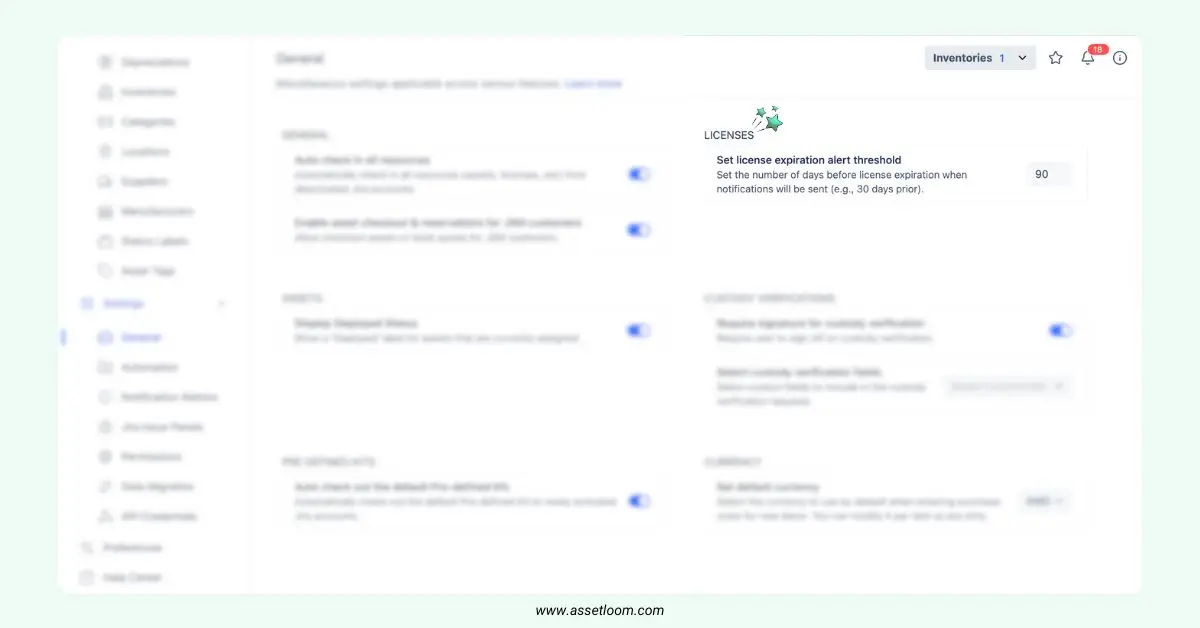
- Evaluate New Vendor Options: Stay updated on industry changes and explore new vendors or solutions that may offer better services or cost-effective options.
For instance, if your business has expanded and requires more cloud storage, you might find that your current vendor no longer meets your needs or that new providers offer better features. Regular reviews ensure you stay ahead of the curve.
Vendor Management Best Practices: In Summary
Effective vendor management is crucial for ensuring that your business operations run smoothly, efficiently, and cost-effectively. By implementing these 7 vendor management best practices, you can build stronger, more transparent relationships with your vendors and ensure that your partnerships continue to drive success. From selecting the right vendors to regularly reviewing performance and maintaining open communication, these practices will help you maximize the value of every vendor relationship.

Subscribe for Expert Tips and Updates
Receive the latest news from AssetLoom, right in your inbox.
